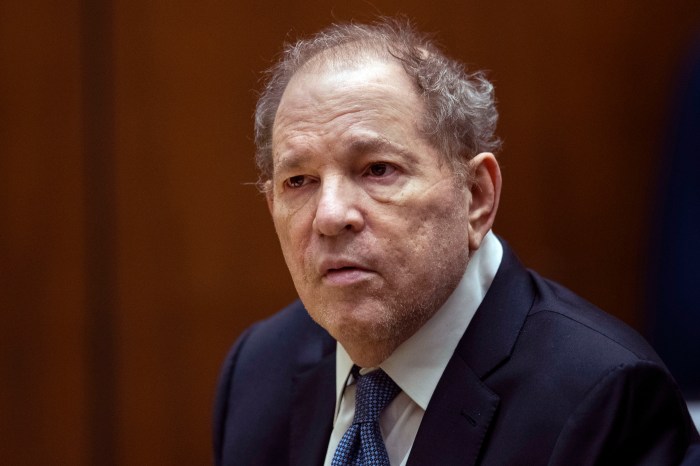By Joan Brown Wettingfeld
Part II: Memories of Henry Wettingfeld Sr.
This week we continue the recollections of rural Bayside in the words of my father-in-law, Henry Wettingfeld Sr., who came to Bayside with his parents in 1896 just before the village became incorporated in 1898 as part of the city of New York.
His memories span a period of growth and change that mark the evolution of a farming community into a modern suburb with all its negative consequences including zoning problems, which have affected the beauty of our natural surroundings. These problems also have tarnished our architectural heritage by the entree of unsuitable and uninspired structures, carbon copies of each other that mimic foreign palaces and do not reflect our heritage and interest in preservation.
In the last installment Mr. Wettingfeld was reviewing changes that were advancing in transportation, and he continues to comment on this aspect: “A trolley was built from Flushing to Roslyn and a power house was built on the Douglaston meadows near the creek that runs to Alley Pond.
“The trolley ran through Bellcourt on 39th Avenue and crossed the railroad on the old 10th Street Bridges, then to Northern Boulevard to Roslyn. After a few years the trolley line folded. Its failure probably was due to some financial difficulties or perhaps lack of patronage because of the advent of the automobile.
“Literary Hall stood on the southwest corner of then Palace Boulevard (42nd Avenue) and 215th Street. The old hall was torn down and replaced by a factory building. Literary Hall was used for all kinds of meetings, including dances, weddings, political rallies and voting on election days.
“Bayside had the distinction of having one of the most exclusive golf clubs in the United States, the Oakland Golf Club. It numbered among its members some of the most distinguished members of the political, financial, judicial and legal worlds in New York. The grounds were developed into new homes, a new elementary school, PS 203, and Queens Community College.
“Bayside Hills was once the James W. Cain farm of about 117 acres. The farm was bought by the Bellclair Golf Club in about 1918. They developed it into a very attractive golf course. The old farmhouse which stood across Bell Boulevard at 48th Avenue (at the time Bell Boulevard ended here) was remodeled into a very beautiful club house.
“The club lasted until about 1935 when it was purchased by the Gross-Morton Co., which developed it into a community of one-family homes. It turned out to be a very impressive development of very well-kept homes and grounds.
“I would like to mention, too, that at one time the old Cain farmhouse was the meeting place of the Old Homestead Club, whose members were among the ablest and most influential citizens of our town, including James Cain; John Story; Elmer Story, a lawyer; Dr. Story; George Bouse; Fred Snell; Charles Powell; James Cullin; and Fred Robertson, to name but a few. The club was disbanded prior to World War I.
“In about 1890 the citizens of Bayside decided to organize a fire company. It was called Enterprise Hook and Ladder Company No. 1 with hose cart to go along with it. The various apparatus were all hand-drawn. Just after consolidation, another company was formed known as the Bayside Fire Engine Company No. 1. After this, the two companies were merged into the Bayside Volunteer Department.* *(Mr. Wettingfeld modestly omits that he served as chief of the volunteer company and later as its secretary.)
“Through the efforts of our alderman, a horse-drawn steam pumper was secured from the city authorities and put into operation. A few years later a motorized hose wagon was purchased. That was how the engine company was equipped. The hook and ladder company was also motorized at this time.
“The Fire Department had about 75 enrolled members: 45 in the hook and ladder company and 30 in the engine company. These were all dedicated volunteers and served their community faithfully, day and night, for a great many years. The Fire Department was disbanded in 1925 when the City Department took over. The paid, or city, company used our building, which faced on 40th Avenue and 214th Place, until their own building was built. Our building then went on to house the Police Department.
“The Volunteer Fire Department held many social events in our headquarters, including dances, beefsteak dinners, card parties and shows.
“Prior to 1900 there were only three churches in Bayside: All Saints, the Methodist Church and Sacred Heart. Before these churches were built, Baysiders attended religious services in Flushing. They used the Long Island Rail Road or their own horse and buggy or sleigh.
“Bayside had three blacksmith shops at one time: Barry’s shop on Bell Boulevard, Chris Bender’s on 42nd Avenue alongside of Abbott’s Livery stable. These two shops were mainly for horse-shoeing. The third shop was owned by John Bender on Northern Boulevard and 1st Street. This shop was also a very well-known wagon- and carriage-building concern. People from miles around and even from New York City patronized this shop.
“John Bender sold out to Charles Keehlisen, who continued the policy of the shop. Mr. KeehIisen was an expert wheelwright who learned his trade in Germany. All three shops are now but a memory. Thus endeth the lesson.”
Joan Brown Wettingfeld is a historian and free-lance writer and can be reached at jbbay@aol.com.






























